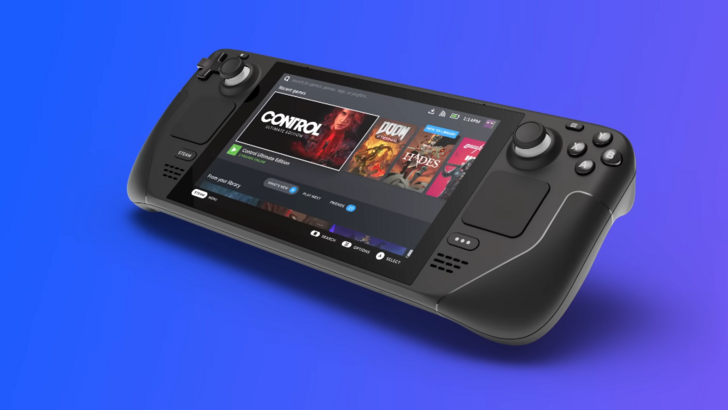
Valve's Steam Deck bucks the trend of annual hardware upgrades prevalent in the smartphone market. This article delves into the reasoning behind Valve's decision, as explained by designers Lawrence Yang and Yazan Aldehayyat.
Valve Rejects Annual Steam Deck Upgrades
Prioritizing Customer Value Over Frequent, Incremental Updates

Valve has explicitly stated that the Steam Deck will not follow the annual release cycle seen in smartphones and some handheld consoles. Yang highlighted the unfairness of releasing yearly updates with only minor improvements. Their focus is on substantial, "generational leap" upgrades, prioritizing meaningful advancements over frequent, incremental changes. Maintaining excellent battery life is also a key consideration.
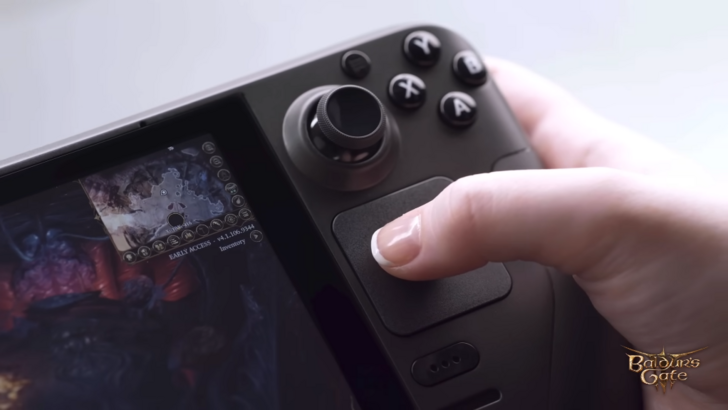
Aldehayyat emphasized Valve's commitment to addressing user needs and improving the PC gaming experience outside of traditional desktop environments. While acknowledging room for improvement, they welcome competition, viewing it as beneficial for gamers. They specifically highlighted the Steam Deck's touchpads as a unique advantage over competitors like the ROG Ally, expressing a desire for others to adopt similar innovations.
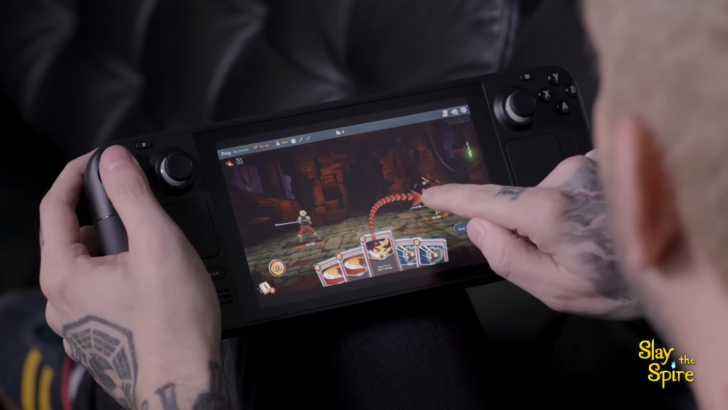
Regarding the OLED Steam Deck, Aldehayyat cited variable refresh rate (VRR) as a highly desired feature that unfortunately couldn't be implemented in time. Yang clarified that the OLED model was a refinement of the original, not a second-generation device. Future improvements, including enhanced battery life, are under development, but are subject to technological limitations.
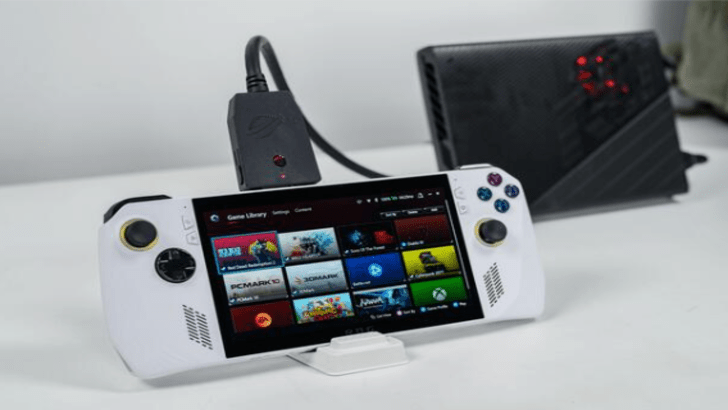
Concerns about falling behind competitors like Asus ROG Ally and Ayaneo are addressed by Valve, who view the market not as an "arms race," but as a collaborative space fostering innovation. They welcome the diverse approaches taken by other companies, believing it ultimately benefits the gaming community.
Steam Deck's Australian Launch and Global Availability
The staggered global rollout of the Steam Deck, with its recent official launch in Australia in November 2024, may have influenced Valve's approach. Yang attributed the delay to the complexities of establishing financial processes, logistics, and support infrastructure in a new market. Aldehayyat clarified that while meeting Australian standards wasn't the issue, establishing proper channels for returns and support was crucial.
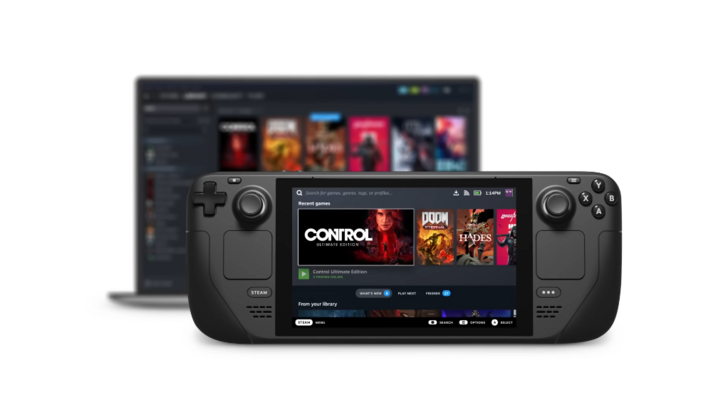
Currently, the Steam Deck is not officially available in several countries, including parts of Southeast Asia and South America, though unofficial channels exist. This lack of official distribution limits access to support and warranties for users in these regions. Conversely, the device is readily available in North America, much of Europe, and select Asian markets.








